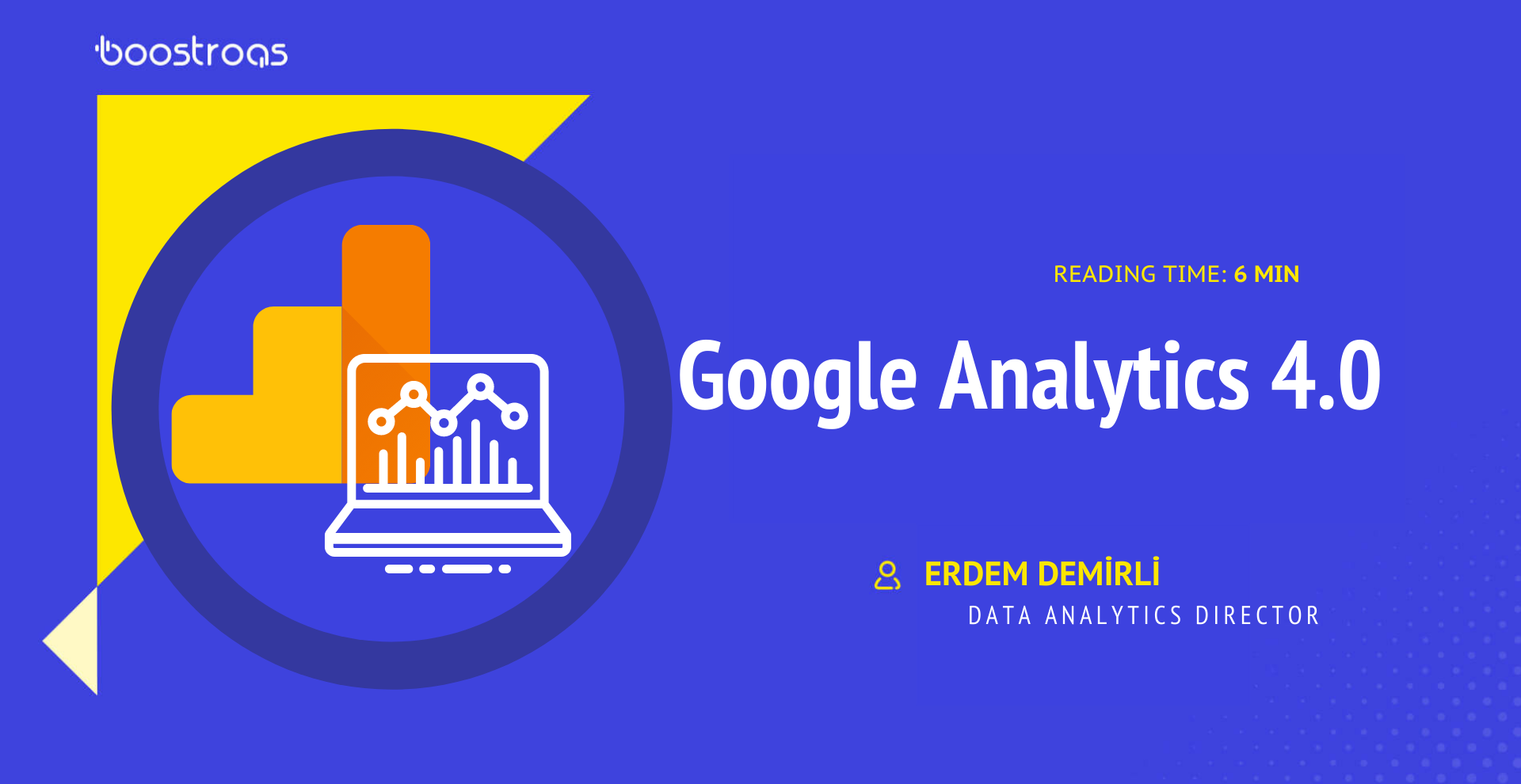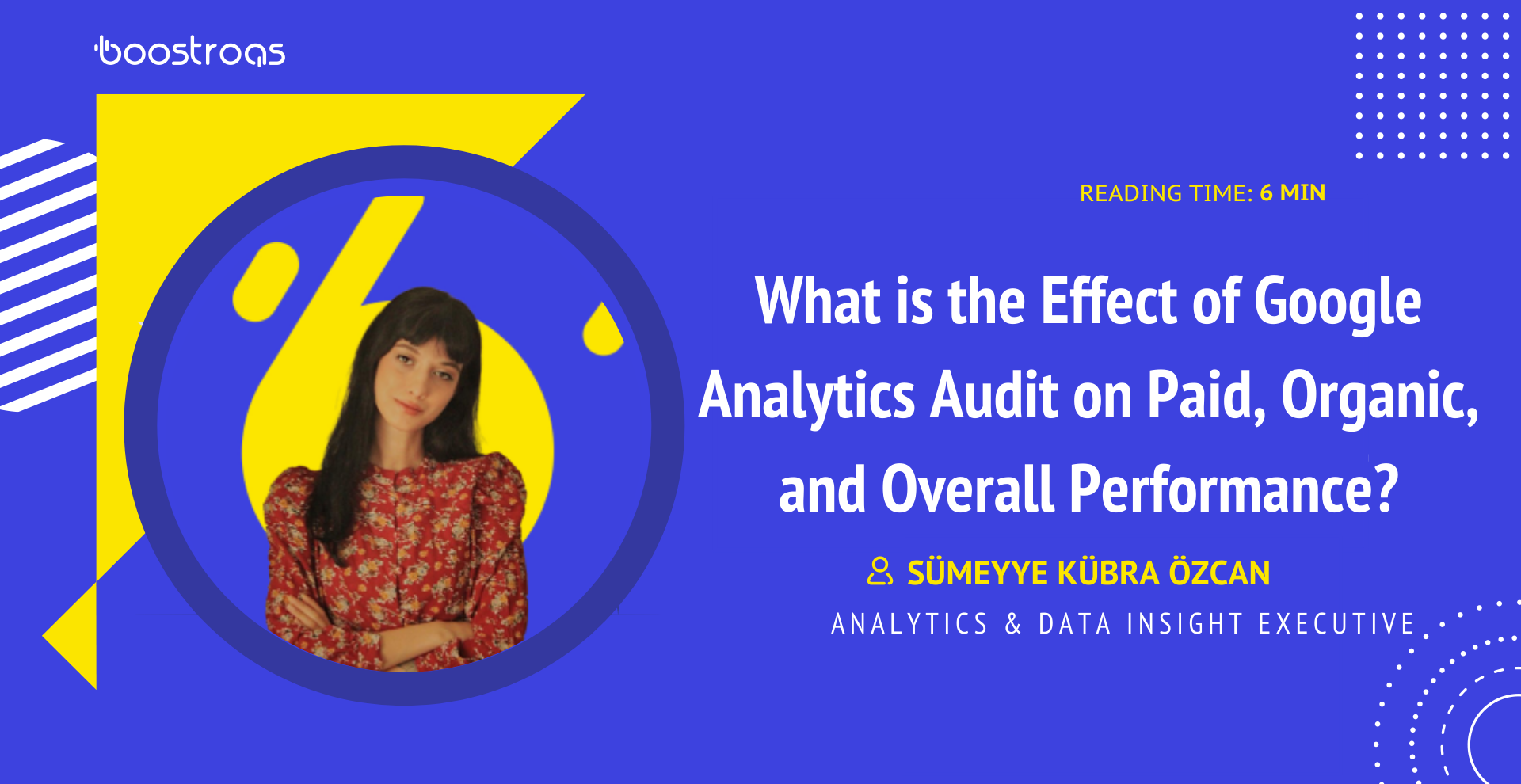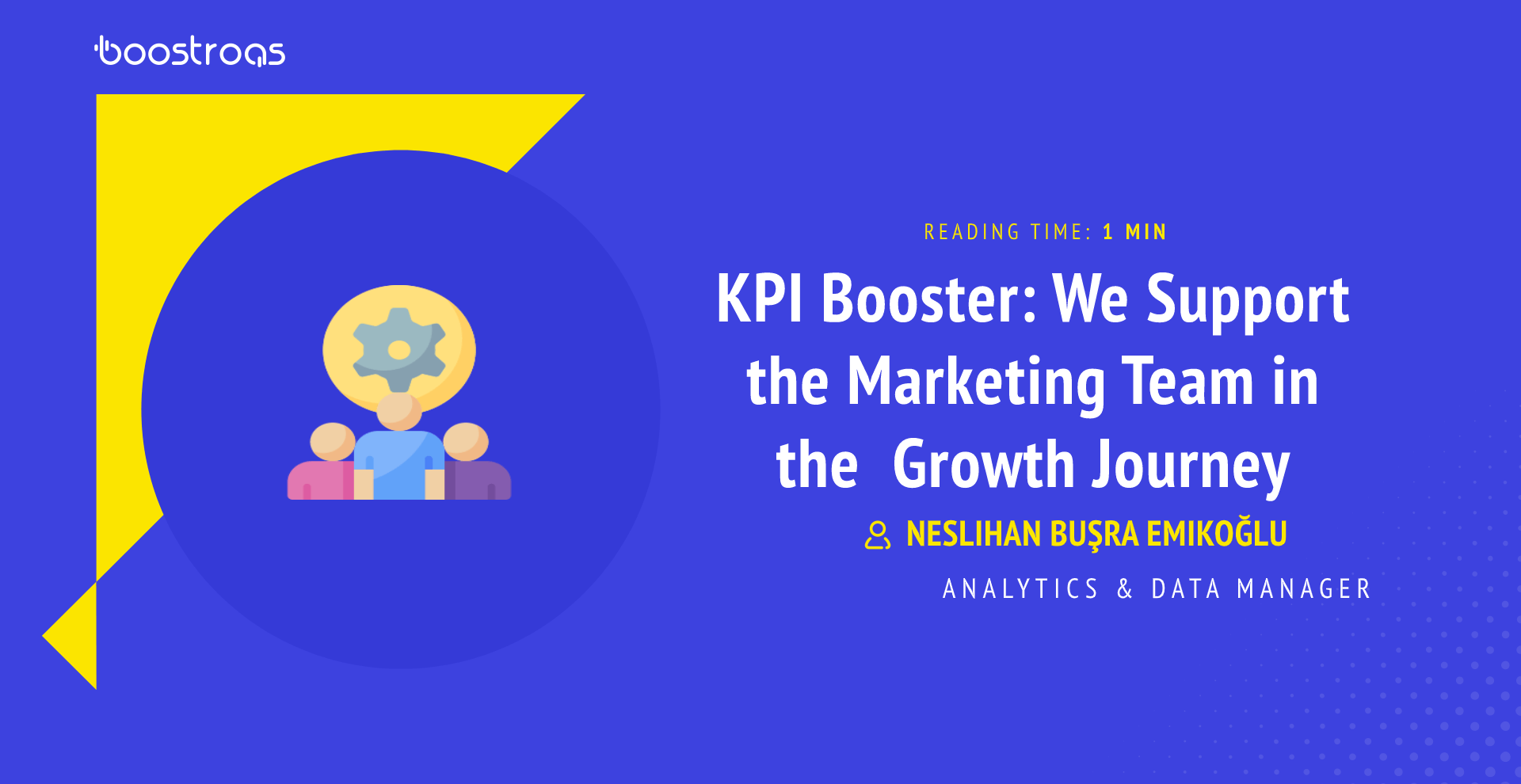Follow us :

KPIs (Key Performance Indicators) are the targets we try to achieve for the whole month or sometimes whole year. Every metric affects your Google account but if you tried to track them all you would probably spend all day.
To keep it simple but also monitor your most important metrics daily, here are the top 5 metrics you can add to your daily routine;
Cost Per Click (CPC)
This is the basic metric that affects Google Ads accounts, an increase or decrease may change your budget, your profitability, your competition rates and your rank. CPC alone may not give you meaningful data, but interpretation with other metrics will give more realistic results.
For example: If you are using manual CPC, you may be below the first-page bid when your CPC decreases and your impression share may decrease, but it is impossible to understand by just looking at the CPC value.
If you have a campaign where competition can rise suddenly, tracking CPC daily can be very helpful for your budget. If you do not follow it daily, you may notice a significant increase in your budget after a few days and may have a negative effect on your monthly budget and your profitability.
Impression Share
Impression share gives you how much your campaign has been shown without loss in budget and ranking. When interpreted with CPC and cost, it can give you a lot of information about the status of the campaign. Unlike CPC, it will show you the actions you need to take when you observe the impression share individually. Sudden impression share drops may mean that your budget has
ended prematurely or that you have fallen below the competition.
Daily tracking of impression share saves you a loss of traffic you will notice later. Even if we capture sudden changes, we often don’t care much about the slowly decreasing metrics, but you can easily see you need to take action when you see that the impression share decreases regularly during the daily follow-up.
Click Through Rate (CTR)
CTR tells you, what percentage of people see our ads clicked. The CTR decrease may, like the impression share itself, indicate to us where the problem is. Since a high CTR will bring a better quality score and the quality score will return to us as low CPC and high traffic, its decline will affect us in the long run.
To increase CTR;
You can optimize your ad text,
You can optimize your ad extensions,
Or you can control if your keywords triggered related search terms.
Conversion Rate
The conversion rate directly affects your sales and gives you information about the percentage of the conversion of the ads clicked. Because sudden conversion rate changes will directly affect your profitability, you can achieve maximum revenue by budget allocation according to the data of the previous day. Conversion rates may decrease due to technical problems and also may be affected by things such as seasonality and weather conditions.
Cost Per Acquisition (CPA)
CPA specifies the amount you spend per conversion. This amount will vary from product to product and from brand to brand and is generally calculated by considering the profitability of the product.
The increase of CPA tells us that something is wrong in the cost or conversions, and the return on your expenditure does not provide profitability. Daily CPA tracking will also help you maintain your profitability, and will lead you to the source of the error.
Unfortunately, these are just a few metrics that require regular monitoring. There are dozens of metrics that will enable us to take rapid action against anomalies by tracking them and to realize different deficiencies, and it is quite time-consuming to follow them on a daily basis.
It is possible to find free and paid tools or scripts that will save you time by shortening this process. At Boostroas, we launched the Alpha version of Booster to simplify the process and prevent metrics from generating negative results.
Booster, unlike other tools, makes it easier to control hundreds of metrics in different campaigns every day, by simply informing you when an anomaly occurs. We can both save time and catch up on the small details we are missing.
Which metrics do you have the most difficulty in following? Share them with us!
See you in the next article.





















